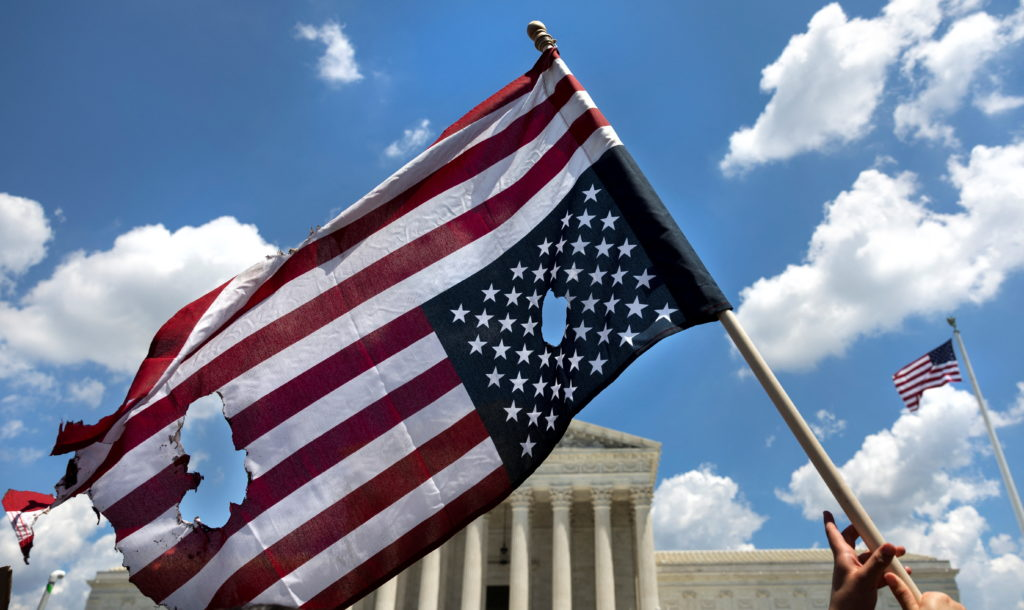
If you’ve been browsing the news or doomscrolling on social media in the past few months, you’ve likely heard that America has never been more divided. But what exactly does that mean? Are we actually divided into two irreconcilable groups, or is the narrative more complex than the headlines? Let’s break down what science actually knows about polarization, political engagement, and the threat of violence in the United States.

First, the notion that Americans disagree on absolutely everything is overblown. Politicians enjoy pretending their opponents are from another planet, but in survey data, ordinary citizens tend to have more in common than you’d think—even on contentious issues like abortion or guns.

The most politically active people tend to be the worst at understanding what the other guys actually think, according to studies. In other words, the individuals who yell the loudest online or at protests tend to misunderstand reality the most.

So why does it seem like family dinner could turn into a battleground? That’s where affective polarization comes in—a phrase that reflects not only disagreement, but active distaste, or even hatred, for the opposing party. It’s not about policy divides; it’s about identity, emotion, and the feeling of “us and them.”

Notably, this emotional divide started increasing long before social media came along, following more closely the introduction of cable news and talk radio. It is also more intense among older Americans, who spend much more time in front of their TV sets than on their scrolling apps.

Social media is not innocent, though. While it’s easy to blame Facebook or X, studies indicate that most Americans don’t engage in politics online heavily. The noisiest, most polarized voices are a small, highly active minority, and the rest of us are more shaped by traditional media than social networks. Still, social media can make echo chambers louder for those already saturated with partisan content.

And here’s a shocking reversal: making people less personally hateful isn’t necessarily making them less supportive of political violence or more respectful of democratic norms. Research discovers that even if interventions do get individuals to feel more warmly toward the other party—e.g., by having dinner together or engaging in a team-building exercise—those warm feelings rarely extend to less enthusiasm for antidemocratic conduct. Individuals do feel friendlier, but they retain the same policy views and can rationalize extreme measures for their team.

So what actually causes political violence? It’s more personality and less emotion, in the form of traits like aggression and impulsivity, blended with leadership and media cues. When leaders make extremist rhetoric or call for violence—or even praise it as noble—it gives signals to those with aggressive personalities to take action. While affective polarization binds groups together for some, leadership signals are what tend to determine if conflict gets translated into actions in the real world.

Programs that aim to bridge divides through dialogue are limited in effect. The most effective approaches focus on correcting misperceptions—helping people see that the “other side” isn’t plotting to destroy democracy. When these misunderstandings are corrected, support for antidemocratic actions declines, though such effects can be fleeting amid the constant churn of news and media narratives.

And a final myth to debunk: moderates aren’t necessarily the best bet for democracy. Some alleged centrists are unremarkably receptive to authoritarian alternatives or fixes, proving that the truth is more complicated than a left-right axis.

The takeaway? Fixing polarization is more than simply inviting bipartisan dinner parties or encouraging everyone to “just get along.” It involves targeted interventions that disarm misperceptions, overcome the underlying causes of division, and alter incentives for political and media personalities who make their living from dissonance. Knowing what actually drives polarization is the first, indispensable step toward a healthier, more robust democracy.
